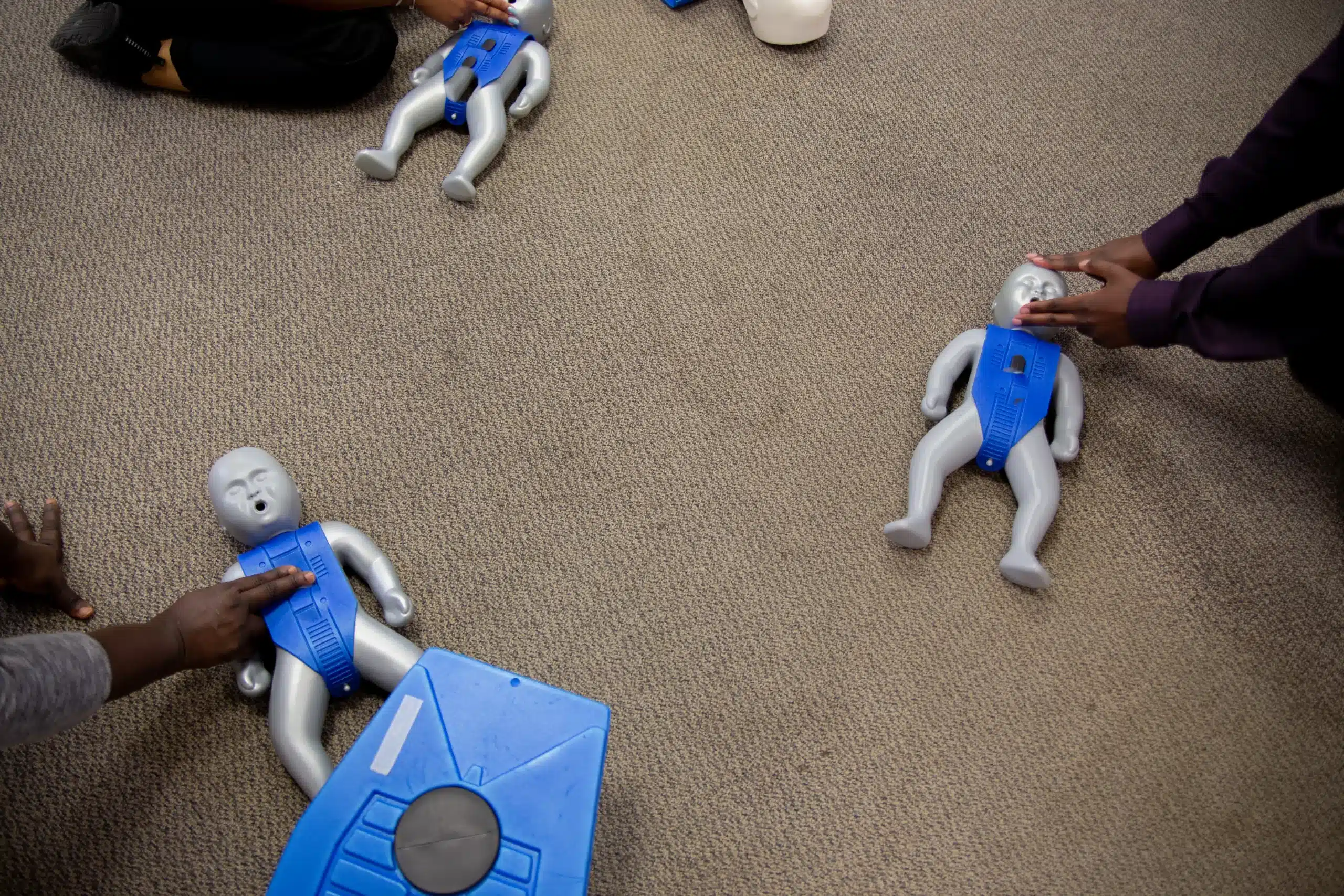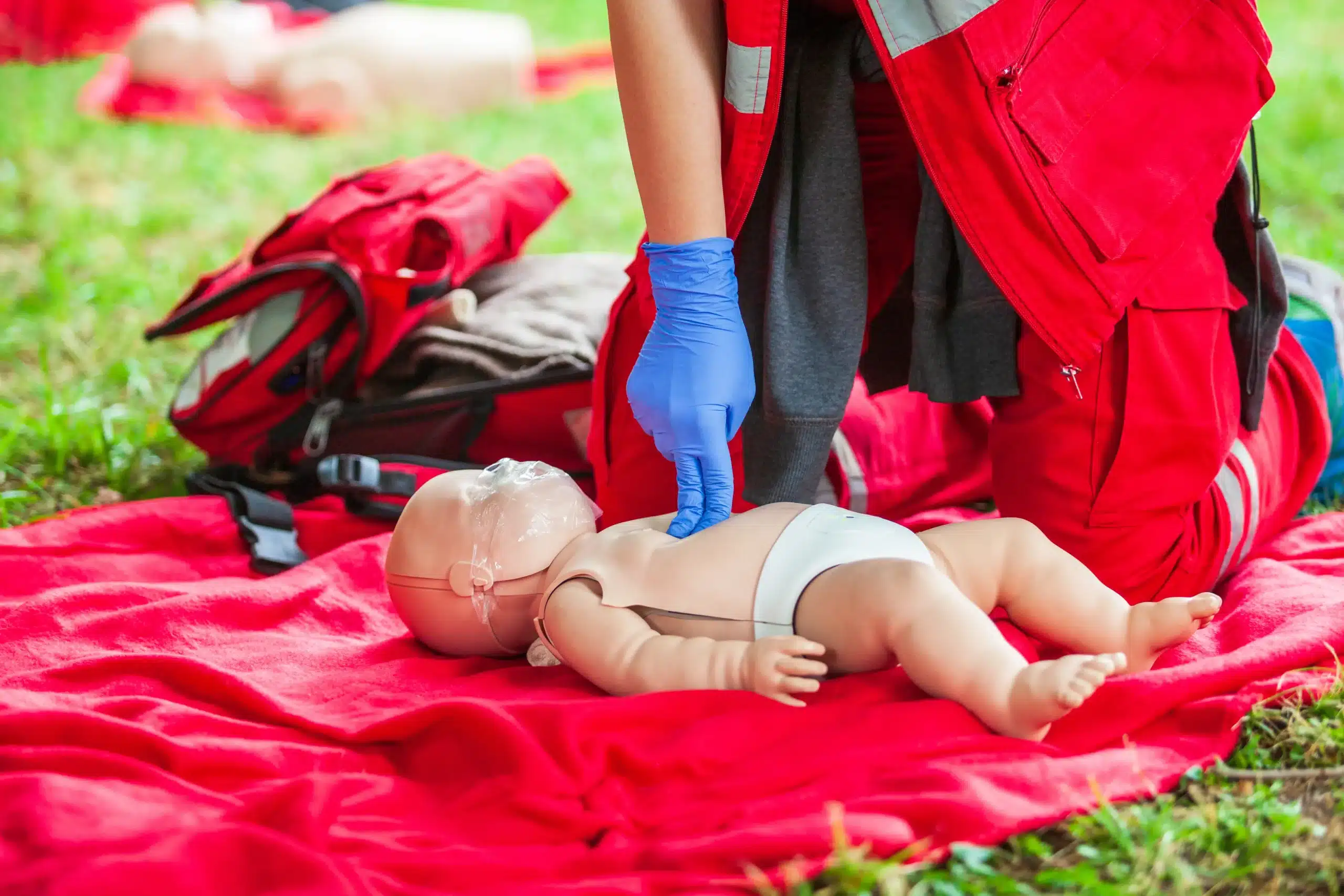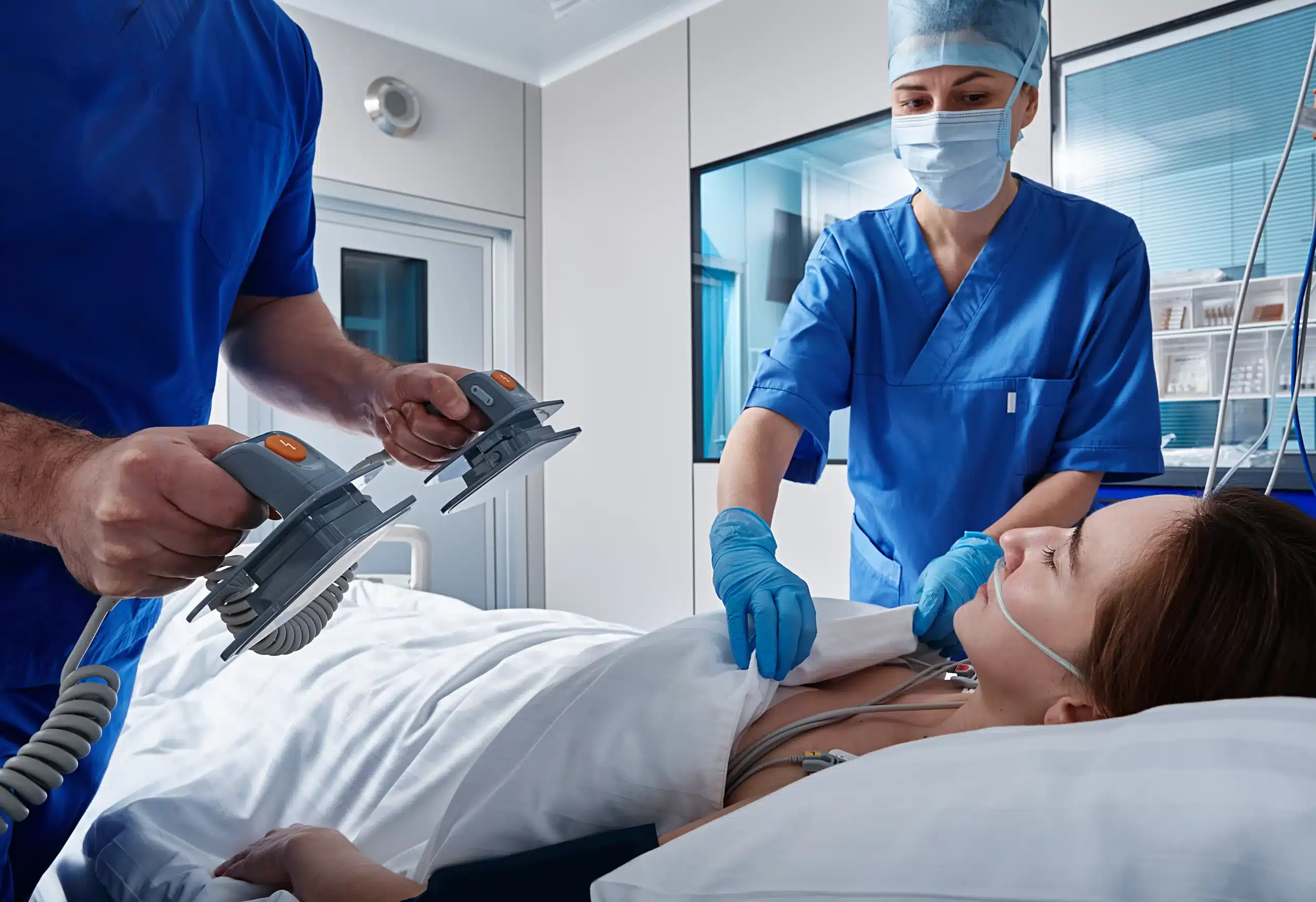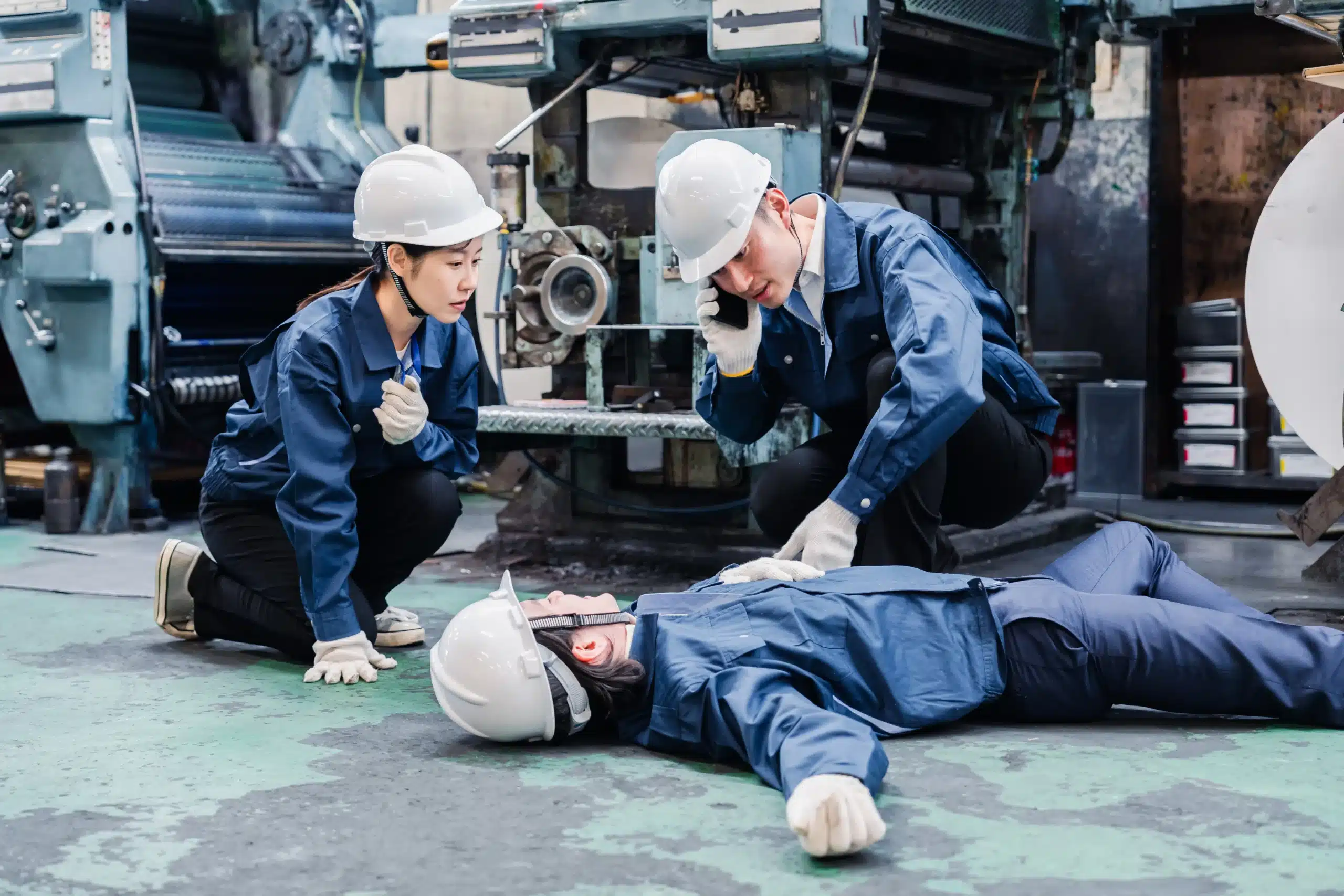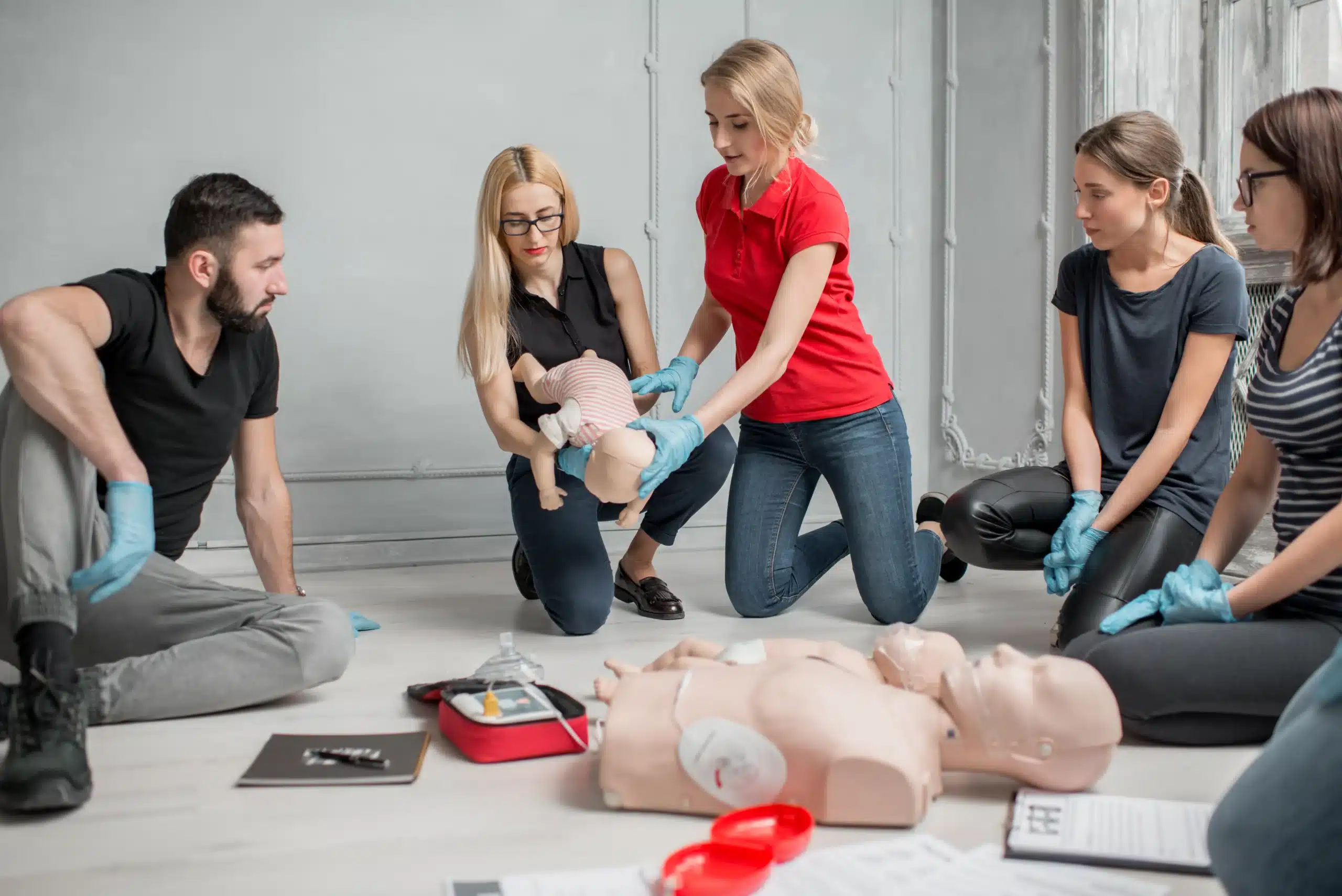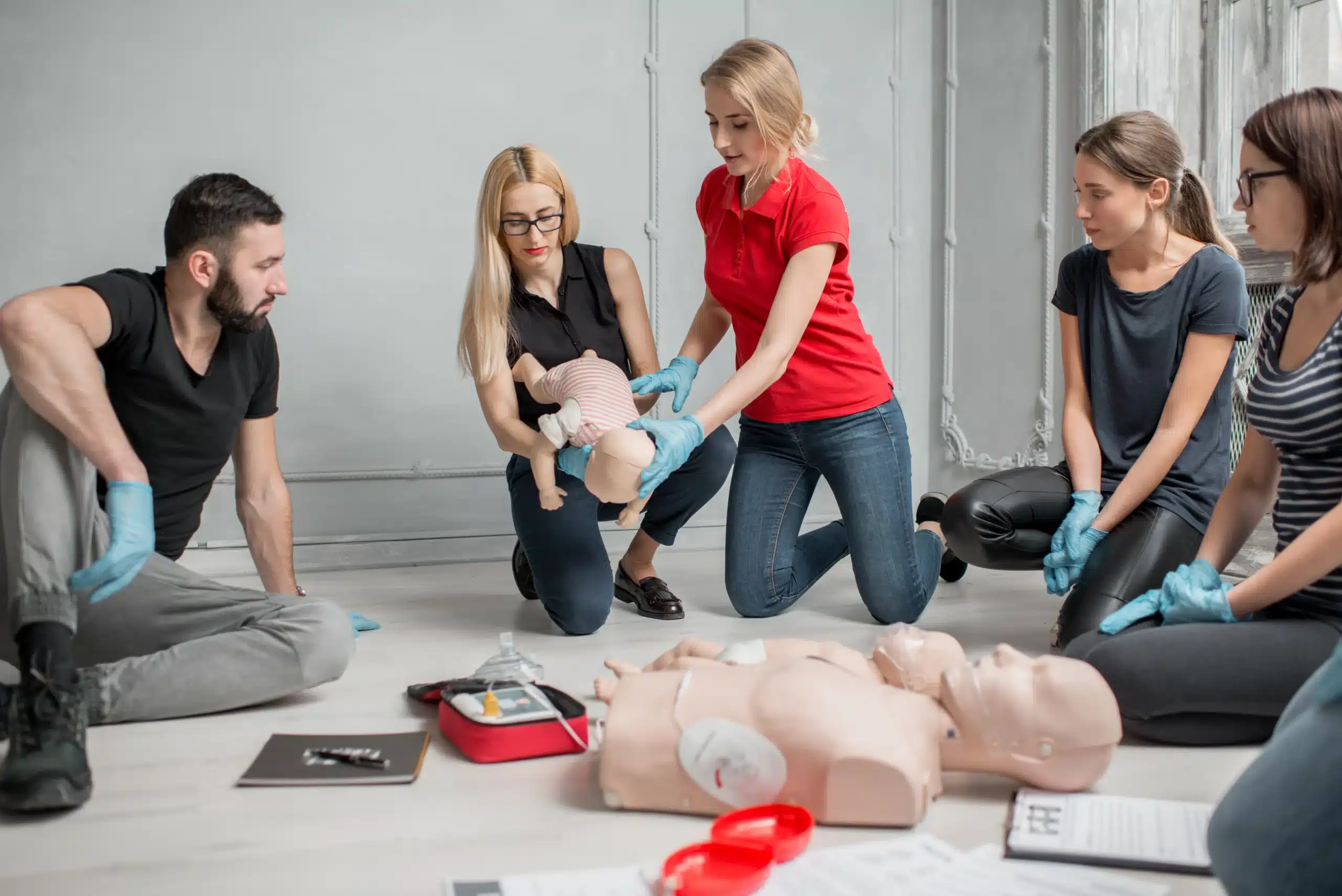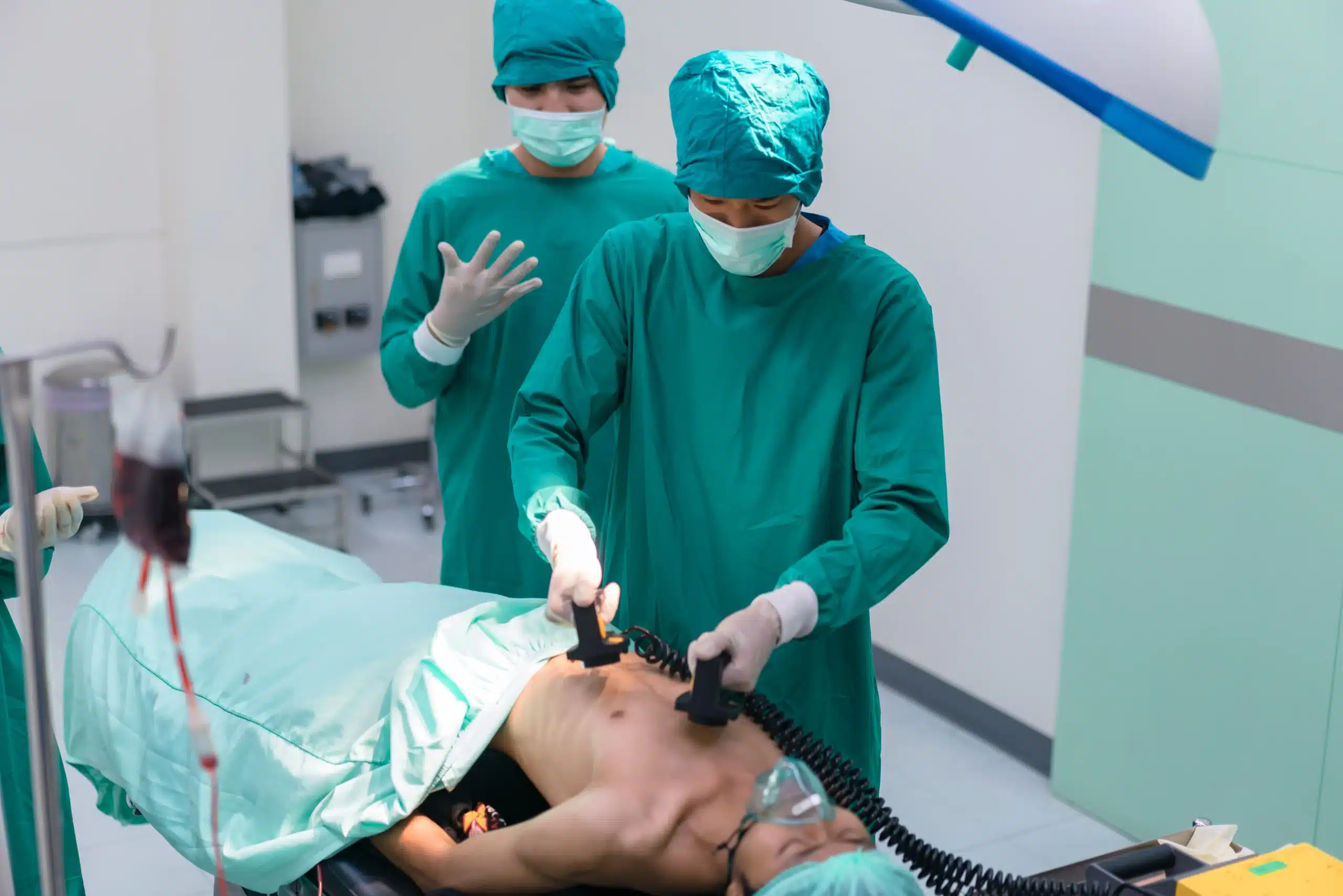Emergencies can happen anytime, and knowing how to provide basic life support (BLS) can be the difference between life and death. If you’re in Santa Clara and looking to become BLS certified, this article is your go-to resource. We’ll explore the ins and outs of BLS certification in Santa Clara, covering everything from the core skills taught in these courses to the various benefits of becoming certified. We’ll discuss the importance of high-quality CPR, AED use, and airway management, and provide practical tips for choosing the right BLS training program for your needs. We’ll also address common misconceptions about BLS and highlight the value of this training for both healthcare professionals and the wider community in Santa Clara.
Key Takeaways
- BLS certification is a powerful tool: It provides the skills and confidence to respond effectively to medical emergencies, benefiting both individuals and the community. Knowing how to perform CPR, use an AED, and manage airway obstructions can make a life-saving difference.
- Choosing the right BLS course involves several factors: Consider your learning style, schedule, and career goals when selecting a program. Look for accredited courses with experienced instructors and convenient formats, like those offered by Milpitas CPR Classes.
- BLS training offers lasting value: It enhances career prospects, especially in healthcare, and equips individuals to handle emergencies confidently. Regular recertification ensures your skills stay sharp and aligned with the latest guidelines, maximizing your impact in critical situations.
What is Basic Life Support (BLS) in Santa Clara?
What is BLS and why is it important?
BLS certification, short for Basic Life Support, is a vital credential, especially for those in healthcare. It gives providers the skills to respond to life-threatening emergencies, delivering crucial care in those first few critical minutes. A BLS-certified professional can administer CPR, use an AED, and relieve choking—potentially saving a life. While often associated with doctors and nurses, BLS certification is increasingly valuable for professionals in other fields, like teachers, coaches, and childcare providers. Having trained individuals in various settings increases the chances of immediate and effective intervention during emergencies, making workplaces and communities safer. Learn more about the importance of BLS certification for various professions.
What does BLS training include?
BLS training covers the essential skills needed to respond effectively to cardiac arrest and other emergencies. Comprehensive BLS courses teach participants how to perform high-quality CPR for adults, children, and infants, use an AED, and manage airway obstructions. The training also emphasizes teamwork and communication—vital components of any effective emergency response. Participants learn to recognize and respond to various medical emergencies, such as heart attacks and strokes. This well-rounded approach ensures individuals are prepared to handle a range of situations, providing confident and timely assistance.
Common BLS certification myths
Several myths surround BLS certification, often causing confusion about its importance and relevance. One common misconception is that BLS is only for medical professionals like doctors and nurses. This isn’t the case. BLS certification benefits anyone who wants to be prepared for a medical emergency. Another myth is that BLS training is a one-time event. Maintaining proficiency actually requires regular renewal of your BLS certification, ensuring your skills stay sharp and align with the latest guidelines. Understanding and addressing these misconceptions helps highlight the broad value of BLS certification in promoting both individual and community safety.
Best BLS Certification Providers in Santa Clara
Finding the right BLS certification course can feel overwhelming, so we’ve compiled a list of trusted providers in Santa Clara. Whether you’re a healthcare professional or simply want to be prepared for emergencies, these organizations offer comprehensive training and certification.
Safety Training Seminars
Safety Training Seminars offers AHA-approved CPR, BLS, ACLS, PALS, and First Aid certification in Santa Clara. Their wide range of courses and convenient locations across 60 Northern California cities make them an accessible choice. As a woman-owned business and authorized AHA Training Center, they bring a unique perspective to their training programs.
Mission College
Mission College provides AHA-certified BLS training covering essential life support techniques for infants, children, and adults. With classes offered multiple times each semester, their flexible schedule makes it easier to find a time that works for you.
Milpitas CPR Classes
Milpitas CPR Classes focuses on the core skills needed for effective basic life support. Their BLS courses emphasize practical application to prepare you for real-world emergencies. They also offer the RQI program, a valuable option for healthcare professionals seeking an alternative renewal path. Serving Milpitas, San Jose, and Santa Clara, they offer convenient locations for students in those areas.
American Red Cross
The American Red Cross is a well-known and trusted provider of BLS certification courses. Taught by experienced instructors, their program meets national standards and is widely recognized.
Stanford Health Care
Stanford Health Care offers BLS certification, a critical skill for healthcare providers. Their training equips participants with the knowledge and skills to respond confidently during medical emergencies. Visit their website for specific course information and registration.
Choose the Right BLS Certification Program
Finding the right BLS certification program means considering a few key things to make sure it fits your learning style, schedule, and career goals. Here’s what to look for:
Class Types: In-Person, Online, and Hybrid
BLS certification programs come in different formats. In-person classes offer hands-on training and direct interaction with instructors. Online courses offer flexibility for busy schedules, often using blended learning, like the HeartCode BLS course paired with a hands-on skills practice. Hybrid programs combine online learning with in-person skills sessions, balancing convenience and practical experience. Think about which format best suits your learning style and availability. If you’re in the Milpitas area and prefer a traditional classroom, explore the options from Milpitas CPR Classes.
Course Content and Skills
A good BLS course should cover essential life-saving skills. Look for programs that include training on high-quality CPR, AED use, and relieving airway obstructions. BLS courses usually cover the core skills needed to handle medical emergencies. Make sure the program follows American Heart Association guidelines.
Accreditation and Recognition
Choosing an accredited program is important, especially for healthcare professionals and students. A BLS certification from a respected organization like the American Heart Association holds value and shows a commitment to high standards. BLS certification is a widely recognized credential. Confirm the program’s accreditation before signing up to ensure your certification is accepted.
Instructor Qualifications and Hands-on Practice
Good instructors make a big difference in your learning. Experienced instructors offer valuable guidance and feedback during hands-on practice. Find programs with qualified instructors who create a supportive learning environment. While online BLS certification courses offer greater access to training, make sure the program still emphasizes practical skills.
Renewal and Continuing Education
BLS certification usually needs to be renewed every two years. Consider the renewal process and cost when choosing a program. Some offer continuing education credits, helpful for maintaining your skills and professional growth. BLS recertification often includes these credits, keeping you current with the latest guidelines. Factor this into your decision for long-term career goals.
Essential BLS Skills and Knowledge
This section covers the core skills and knowledge you’ll gain through a BLS certification course, like those offered by Milpitas CPR Classes. These skills empower you to respond effectively in various medical emergencies.
High-quality CPR and Rescue Breathing
BLS courses teach high-quality CPR, a cornerstone of basic life support. You’ll learn proper hand placement, compression depth, and rate for effective CPR. The training also covers rescue breathing techniques, ensuring you can provide adequate ventilation during an emergency. These skills are crucial for maintaining oxygen flow to the brain and other vital organs. For a deeper dive into BLS certification, explore our Santa Clara guide.
Using AEDs Effectively
AEDs (Automated External Defibrillators) are life-saving devices used to restore a normal heart rhythm during sudden cardiac arrest. BLS certification includes training on how to use an AED correctly. You’ll learn to assess the situation, apply the AED pads, and follow the device’s prompts. This training builds confidence in using this critical piece of equipment. Our CPR and First Aid certification courses offer more information on AEDs and other essential techniques.
Managing Airway Obstructions
A blocked airway can quickly become life-threatening. BLS training equips you with the skills to manage airway obstructions in both adults and children. You’ll learn techniques like the Heimlich maneuver to dislodge foreign objects and restore breathing. This knowledge is essential for responding to choking emergencies.
Teamwork and Communication in Emergencies
Effective teamwork and communication are vital in emergencies. BLS training emphasizes these skills, teaching you how to coordinate with others, share information clearly, and work together efficiently. This coordinated approach can significantly improve the outcome for the person needing help.
Recognizing and Responding to Medical Emergencies
BLS certification empowers you to recognize various medical emergencies, from heart attacks and strokes to breathing difficulties and allergic reactions. You’ll learn how to assess the situation, determine the appropriate action, and provide initial care. This rapid response can make all the difference. Our RQI program offers medical professionals ongoing training in these life-saving techniques.
BLS Certification: Costs, Schedules, and Logistics
Getting BLS certified involves a few logistical details, from understanding the cost to finding a class that fits your schedule. Let’s break down what you need to know:
Class Pricing
BLS certification costs vary, but generally fall around $90. This usually covers instruction, materials, and certification processing. Remember that prices might differ slightly between providers, so check with the specific training center. Milpitas CPR Classes lists their BLS course pricing on their website.
Discounts and Promotions
Many training centers offer discounts, especially for groups. If you’re organizing training for a workplace or community group, ask about group discounts to make training more affordable. Milpitas CPR Classes is one provider offering this option.
Class Schedules and Locations
Convenient class times and locations are key. Many providers offer flexible schedules, including weekday and weekend classes, and evening options. Some, like Santa Clara CPR Classes, have extended hours. You can also find BLS certification courses at local colleges like Mission College, which often include these courses in their semester schedules.
Materials and Equipment
Your BLS course will provide all the necessary materials and equipment, including mannequins for CPR practice, AED trainers, and bag-valve masks. You won’t need to buy anything extra. In Home CPR details the equipment used in their courses.
Prerequisites and Enrollment
There are usually no prerequisites for BLS certification. However, remember that certification requires renewal every two years. Enrollment is usually straightforward, often done through online registration. Mission College uses their online portal for registration and provides a helpful video tutorial.
Benefits of BLS Certification
Getting your BLS certification is more than just checking a box; it’s an investment in yourself and your community. Whether you’re a healthcare professional, a teacher, or a concerned parent, BLS training equips you with essential, life-saving skills. Let’s explore the key advantages of becoming BLS certified.
Career Advancement
BLS certification can significantly enhance your career prospects, especially in healthcare. It demonstrates your commitment to patient safety and high-quality care, making you a more competitive candidate for jobs and promotions. Many healthcare employers require BLS certification, so it’s often essential for landing your dream job. Even in non-medical fields, having this certification can set you apart, showing employers you’re prepared to handle emergencies. This is particularly valuable in roles like childcare, education, and fitness. If you’re looking to advance your healthcare career, check out the American Heart Association BLS course offered by Milpitas CPR Classes.
Emergency Preparedness
Emergencies can happen anytime, anywhere. BLS training empowers you to respond effectively in these critical situations. You’ll learn to recognize the signs of a cardiac arrest or respiratory distress and provide immediate care until professional help arrives. This preparedness benefits not only you but also those around you—your family, friends, coworkers, and even strangers. Don’t wait for an emergency; equip yourself with the skills to make a difference. BLS training is a valuable asset for anyone.
Confidence in Life-Saving Situations
Knowing you can handle a medical emergency brings a sense of confidence and control. BLS certification provides the knowledge and practice you need to remain calm and act decisively under pressure. This confidence can be invaluable, allowing you to provide critical assistance when seconds count. BLS training equips you with the skills to perform CPR and other life-saving interventions.
Community Safety
BLS-certified individuals contribute to a safer community. Bystanders trained in BLS can be the first link in the chain of survival, providing immediate care that can significantly improve outcomes in medical emergencies. This widespread training creates a network of prepared individuals ready to assist in times of need. Learn more about how BLS certification benefits community safety.
Job Requirements and Regulations
Many healthcare roles require BLS certification. This is often mandated by regulatory bodies and employers to ensure a baseline level of competency in handling medical emergencies in the workplace. Staying current with your BLS certification is essential for maintaining compliance and ensuring you meet job requirements.
Recertification Importance
BLS guidelines and best practices evolve with ongoing research and advancements in medical care. Recertification ensures your skills and knowledge remain up-to-date. It’s a chance to refresh your training, learn new techniques, and maintain your proficiency in providing high-quality BLS. Regular recertification is crucial for staying current with the latest advancements in emergency care. Milpitas CPR Classes offers various recertification courses to help you maintain your credentials.
Related Articles
- BLS Certification in San Jose: Your Complete Guide – Milpitas CPR Classes
- BLS Certification Milpitas: Your Comprehensive Guide – Milpitas CPR Classes
- BLS Courses in Santa Clara: Your Complete Guide – Milpitas CPR Classes
- BLS for Healthcare Providers in Santa Clara: A Guide – Milpitas CPR Classes
- BLS Certification in Santa Clara: Your Full Guide – Milpitas CPR Classes
Frequently Asked Questions
Is BLS certification only for healthcare professionals?
Not at all! While it’s definitely a must-have for many medical careers, BLS certification is incredibly valuable for anyone who wants to be prepared for an emergency. Teachers, coaches, childcare providers, and even parents can benefit from having these life-saving skills.
What’s the difference between BLS and CPR?
CPR, or cardiopulmonary resuscitation, is actually part of BLS. BLS is broader, encompassing CPR along with other essential skills like using an AED and relieving choking. Think of it this way: BLS provides a more comprehensive approach to emergency care.
How long does BLS certification last, and how do I renew it?
BLS certification is typically valid for two years. You’ll need to recertify to stay current with the latest guidelines and maintain your skills. Many providers offer recertification courses, often streamlining the process for those who’ve already completed initial training.
Are online BLS courses as good as in-person classes?
Both online and in-person BLS courses have their advantages. Online courses offer flexibility, while in-person classes provide more hands-on practice. Many programs now offer a hybrid approach, combining online learning with in-person skills sessions. The best choice depends on your learning style and schedule.
How can I find a reputable BLS training provider in my area?
Look for providers offering AHA-approved courses. Check if they have experienced instructors, offer convenient schedules and locations, and provide all the necessary training materials. Reading reviews and asking for recommendations can also help you find a provider that meets your needs.
